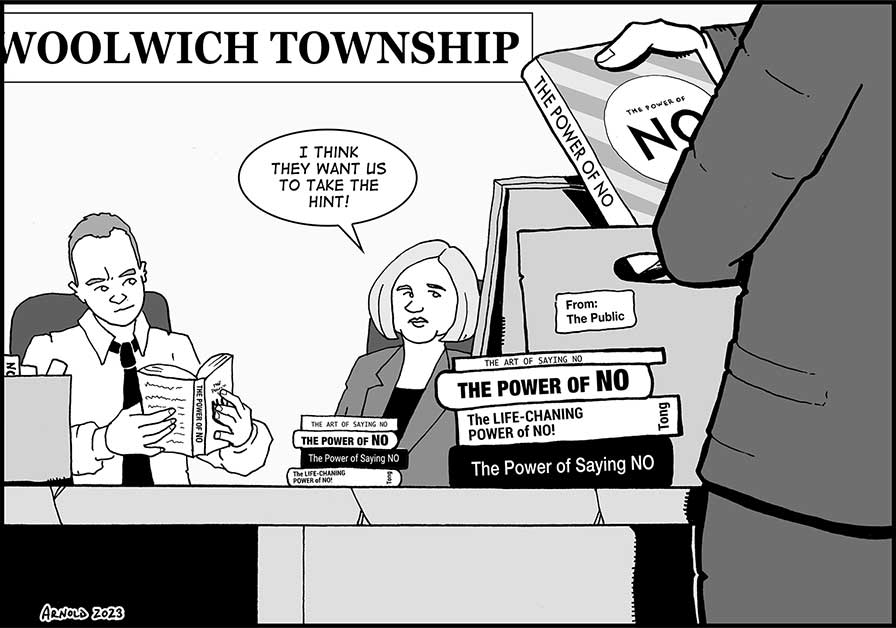;
;
;
Next Article
The View From Here: January 12, 2023

Overall farm incomes in the US have reached record highs. That doesn’t look good, given the price of food. Yet nearly half of farm households there say they are in the red – expenses for the materials (or “inputs”) used for farming are out of sight, and even high prices aren’t offsetting farmers’ co
Last updated on May 03, 23
Posted on Jan 12, 23
2 min read
